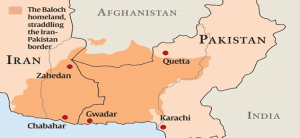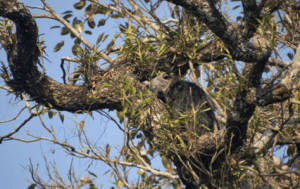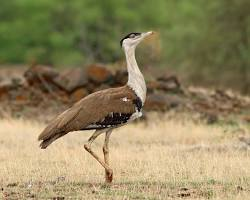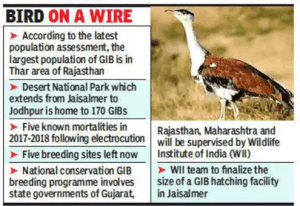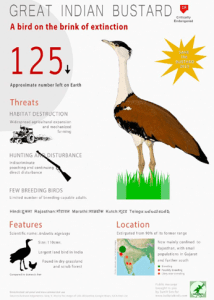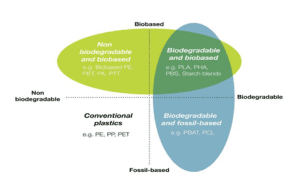WATER, AN INSTRUMENT TO BUILD WORLD PEACE
THE CONTEXT: India’s water crisis is a pressing issue that demands immediate and innovative solutions. The country’s reliance on outdated agricultural practices, rapid urbanization, and climate change only worsens the situation, exacerbating the scarcity, pollution, and inefficient management of water. However, there are successful examples of water management strategies from both national and international sources that serve as beacons of hope for the future.
THE ISSUES:
- Water Scarcity and Availability: India faces a severe water crisis due to physical water scarcity. The country has only 4% of the world’s freshwater resources but 18% of the global population. Groundwater depletion due to overexploitation, especially for agriculture, has led to drying up of rivers, reservoirs, and other water bodies, particularly during the summer months. Climate change and erratic rainfall patterns have exacerbated the problem.
- Water Quality Degradation: Surface water bodies and groundwater sources are heavily polluted due to the discharge of untreated sewage and industrial effluents. This has led to a deterioration of water quality in many rivers, lakes, and other water sources.
- Inadequate Water Infrastructure and Management: India lacks proper surface and groundwater management systems. Many water bodies have silted up due to poor maintenance, leading to reduced storage capacity. The water distribution system is inefficient, with high losses. Integrated water resource management is lacking.
- Socioeconomic Impacts: The water crisis disproportionately affects rural and urban poor communities. Women and girls bear the burden of fetching water over long distances. Water scarcity threatens food security, economic development, and the functioning of ecosystems.
- Governance and Policy Challenges: Lack of proper regulation and oversight on groundwater use, subsidies and policies that encourage unsustainable water use, poor coordination between government departments, and lack of community awareness and participation in water management are key governance challenges.
THE WAY FORWARD:
- Rainwater Harvesting: Implementing rainwater harvesting systems can significantly enhance water availability. For example, in the state of Tamil Nadu, rainwater harvesting has been made mandatory for all new buildings. This has led to a noticeable improvement in groundwater levels in many areas.
- Efficient Irrigation Techniques: Adopting micro-irrigation systems like drip and sprinkler irrigation can reduce water usage in agriculture. The state of Gujarat has successfully implemented such systems through its Sardar Patel Sahakari Jal Sanchay Yojana, leading to increased water use efficiency among farmers.
- Wastewater Reuse: Treating and reusing wastewater can alleviate pressure on freshwater resources. The city of Nagpur has initiated a project to treat sewage water and supply it for industrial use, reducing the reliance on freshwater sources.
- Integrated Water Resource Management (IWRM): IWRM approaches involve coordinating the development and management of water, land, and related resources. The Chhattisgarh government has adopted IWRM to manage the Indravati river basin, ensuring equitable distribution of water for various needs.
- Water Conservation Campaigns: Awareness campaigns can play a crucial role in changing public attitudes and behaviors towards water conservation. The Indian government’s Jal Shakti Abhiyan is a campaign for water conservation and water security, with activities like water conservation and rainwater harvesting, renovation of traditional water bodies, reuse of water, and intensive afforestation.
- Groundwater Regulation: Regulating groundwater extraction can prevent overuse. The Central Ground Water Authority (CGWA) in India issues guidelines and regulations for the sustainable extraction of groundwater.
- Technological Innovations: The use of technology, such as IoT-based automation for irrigation, can optimize water use. In the state of Andhra Pradesh, the government has introduced a digital agriculture initiative that includes IoT devices to help farmers monitor soil moisture and plan irrigation more effectively.
THE CONCLUSION:
India’s future hinges on careful water management. To achieve sustainable and peaceful growth, India must embrace an all-encompassing approach that blends technology, community engagement, and policy reform. Drawing inspiration from global best practices, the country is poised to overcome its water-related challenges and set a precedent for environmental stewardship and socio-economic resilience. The journey towards water security will be critical in shaping India’s future, and with the right approach, the country can pave the way for a prosperous and sustainable tomorrow.
UPSC PAST YEAR QUESTIONS:
Q.1) How and to what extent would micro-irrigation help in solving India’s water crisis? (2021)
Q.2) Suggest measures to improve water storage and irrigation system to make its judicious use under depleting scenario. (2020)
Q.3) What are the salient features of the Jal Shakti Abhiyan launches by the Government of India for water conservation and water security? (2020)
MAINS PRACTICE QUESTION:
Q.1) Considering the multifaceted nature of India’s water crisis, which includes both anthropogenic factors and climate change impacts, critically analyze the effectiveness of current water management strategies.
SOURCE:
https://www.thehindu.com/opinion/lead/water-an-instrument-to-build-world-peace/article67977390.ece
